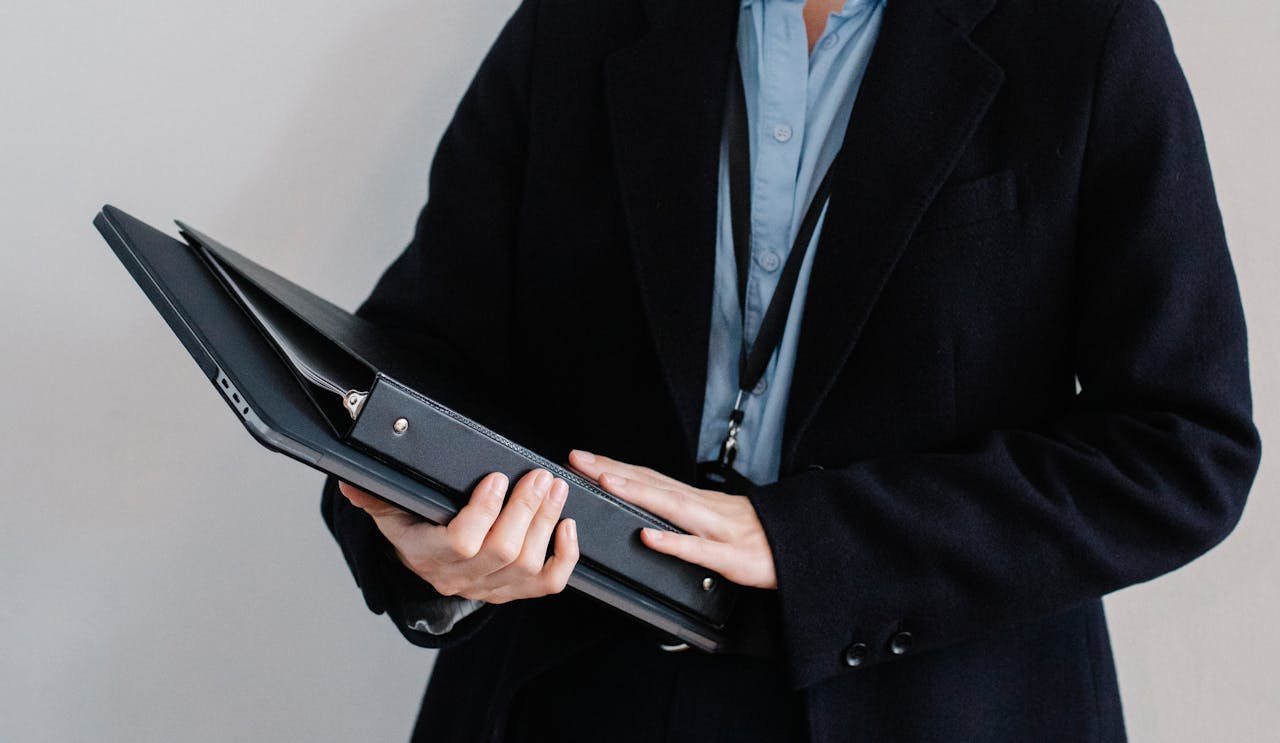What Are the Must-Have Home Modifications for Aging in Place
Must-have home modifications for aging in place ensure safety, accessibility, and comfort. Start with improving lighting to reduce fall risks, especially in hallways and staircases. Install grab bars in bathrooms near toilets and showers for added support. Non-slip flooring solutions, such as mats or adhesive strips, are crucial in preventing falls. For those with mobility challenges, consider widening doorways and installing ramps. Bathroom modifications, like walk-in tubs or roll-in showers, enhance safety and independence. Finally, stair lifts can make multi-story homes more accessible. These essential modifications enable seniors to live independently and comfortably in their own homes.

As we age, the desire to remain in the comfort of our own homes becomes increasingly important. Aging in place allows seniors to maintain their independence, stay connected to their communities, and live in familiar surroundings. However, to do so safely and comfortably, certain home modifications are often necessary. The good news is that many of these modifications can be budget-friendly, whether you choose to do them yourself or hire professional services. This article explores cost-effective ways to make a home safer and more accessible for aging in place.
Assessing Your Needs
Before diving into specific modifications, it’s essential to assess your current living situation and identify areas that may need adjustments. Consider mobility challenges, vision and hearing impairments, and general safety concerns. Conducting a thorough assessment will help prioritize modifications based on necessity and budget.
DIY Modifications
Improve Lighting
- Cost: $20 – $100
- DIY Difficulty: Easy
- Poor lighting can increase the risk of falls. Replacing dim bulbs with bright, energy-efficient LED lights can make a significant difference. Focus on areas like hallways, staircases, and entryways. Nightlights are also a great addition for navigation during the night.
Install Grab Bars
- Cost: $20 – $50 per bar
- DIY Difficulty: Moderate
- Grab bars provide support in bathrooms, particularly near toilets and in showers. These can be easily installed with basic tools. Make sure to use proper anchoring to ensure they can support weight.
Non-Slip Flooring Solutions
- Cost: $10 – $50 per room
- DIY Difficulty: Easy
- Adding non-slip mats or adhesive strips to slippery surfaces like bathroom floors and stairs can prevent falls. These solutions are affordable and straightforward to apply.
Adjustable Showerheads and Handheld Showers
- Cost: $30 – $60
- DIY Difficulty: Easy
- Installing a handheld showerhead can make bathing easier and safer. Many models come with easy installation instructions that don’t require professional help.
Rearrange Furniture
- Cost: Free
- DIY Difficulty: Easy
- Simply rearranging furniture to create clear pathways can reduce the risk of trips and falls. Ensure that frequently used items are within easy reach and that cords or wires are tucked away.
| Modification | Estimated Cost | Difficulty |
|---|---|---|
| Lever-Style Door Handles | $15 – $40 per handle | Easy |
| Motion Sensor Lights | $20 – $50 | Easy |
| Lowering Closet Rods and Shelves | $10 – $30 | Easy |
| Installing Raised Toilet Seats | $20 – $70 | Easy |
| Adding Railings to Stairways | $30 – $100 per railing | Moderate |
| Cabinet Pulls and Handles | $2 – $10 per handle | Easy |
| Installing Threshold Ramps | $50 – $150 | Easy |
| Anti-Scald Devices for Faucets | $10 – $40 | Moderate |
| Voice-Activated Smart Home Devices | $50 – $200 | Easy |
Professional Services
Widen Doorways
- Cost: $300 – $800 per doorway
- Professional Required: Yes
- For those using wheelchairs or walkers, widening doorways can significantly improve accessibility. This modification generally requires a professional due to the structural changes involved.
Ramp Installation
- Cost: $1,000 – $2,500
- Professional Required: Yes
- Ramps are essential for homes with steps or raised entryways. While portable ramps are available for lower costs, permanent installations provide a safer and more durable solution.
Bathroom Modifications
- Cost: $2,000 – $5,000
- Professional Required: Yes
- For those with significant mobility issues, a bathroom remodel might be necessary. This could include installing a walk-in tub or a roll-in shower. These modifications often require professional contractors but are crucial for ensuring long-term safety.
Stair Lifts
- Cost: $3,000 – $5,000
- Professional Required: Yes
- Stair lifts are an excellent solution for multi-story homes. Installation typically requires professional services to ensure safety and proper functioning.
| Modification | Estimated Cost | Professional Required |
|---|---|---|
| Smart Home Automation Systems | $1,000 – $5,000 | Yes |
| Centralized HVAC System with Smart Controls | $2,000 – $7,000 | Yes |
| Installing Wheelchair Accessible Sinks | $500 – $1,500 | Yes |
| Retrofitting Home for Fire Safety (Sprinklers, Alarms) | $1,500 – $6,000 | Yes |
| Exterior Pathway Improvements | $500 – $3,000 | Yes |
| Voice-Activated Home Control Systems | $500 – $2,500 | Yes |
| Customized Closet Systems | $1,000 – $3,000 | Yes |
| Window Replacement with Easy-Open Handles | $300 – $800 per window | Yes |
| Lowering Light Switches and Thermostats | $200 – $600 | Yes |
| Structural Reinforcements for Safety | $1,000 – $4,000 | Yes |
Balancing DIY and Professional Services
While DIY modifications are cost-effective and can often be done with basic tools and skills, some changes require the expertise and experience of professionals. A balanced approach can help you stay within budget while ensuring that critical safety needs are met.
Identify Priorities
- Start with the most critical modifications that address immediate safety concerns. These might include improving lighting, installing grab bars, and securing non-slip flooring.
Combine DIY with Professional Help
- Handle smaller, manageable tasks on your own to save money. For more complex or structural modifications, hire professionals to ensure the job is done correctly and safely.
Seek Financial Assistance
- Look into programs and grants available for seniors to help cover the costs of home modifications. Organizations like the Area Agency on Aging (AAA) and Veterans Affairs (VA) offer assistance programs.
Plan and Budget
- Create a detailed plan and budget for your modifications. Prioritize tasks based on necessity and cost, and tackle them gradually to spread out expenses.
How Can Technology Make Aging in Place Safer?
Technology can significantly enhance the safety and comfort of aging in place. One of the most impactful innovations is the integration of smart home systems. These systems include voice-activated assistants like Amazon’s Alexa or Google Home, which allow seniors to control lights, thermostats, and other devices without needing to move around. This reduces the risk of falls and other accidents.
Wearable technology, such as smartwatches and medical alert devices, provides continuous health monitoring and emergency response capabilities. These devices can detect falls, monitor vital signs, and alert caregivers or emergency services instantly. This immediate response can be crucial in preventing serious injuries or complications.
Home security systems with features like video doorbells, motion sensors, and automated locks enhance personal safety. Seniors can see who is at the door without opening it, reducing the risk of intrusion or scams. Motion sensors can alert caregivers to unusual activity, such as a senior wandering at night.
Telehealth services allow seniors to consult with healthcare providers without leaving their homes. This is particularly beneficial for those with mobility issues or chronic conditions, ensuring they receive timely medical advice and monitoring.
Conclusion
Aging in place is a goal that many seniors cherish, and with the right modifications, it is entirely achievable without breaking the bank. By combining DIY efforts with professional services where necessary, you can create a safer and more accessible home environment. Start by assessing your needs, identifying critical areas for improvement, and exploring budget-friendly options. With thoughtful planning and a bit of effort, you can enjoy the comfort and independence of aging in place for many years to come.
Related Articles

Low Income Senior Housing
Senior Living in Florida: Costs and Types The growing need for affordable senior housing is becoming increasingly urgent as the senior population expands.

Medicaid Planning and Asset Protection
How A Medicaid Trust Protects Your Assets A Medicaid Trust, specifically a Medicaid Asset Protection Trust (MAPT), safeguards your assets by transferring ownership to

Dealing with Cognitive Decline
What Is One Of The First Signs Of Cognitive Decline? One of the first signs of cognitive decline is frequent memory loss

Healthcare Costs in Retirement
What Is The Biggest Expense In Retirement? The biggest expense in retirement is often healthcare. As retirees age, medical needs typically increase





